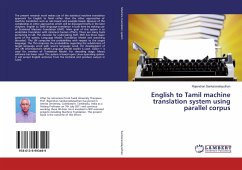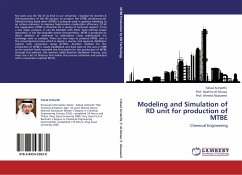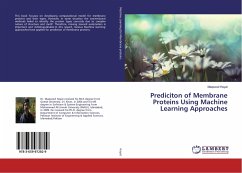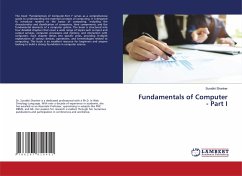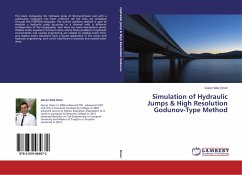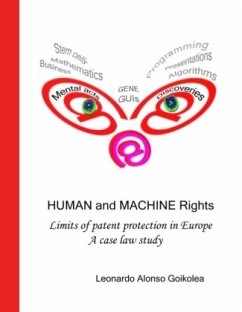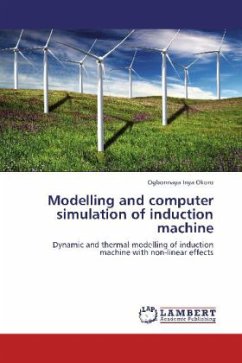
Modelling and computer simulation of induction machine
Dynamic and thermal modelling of induction machine with non-linear effects
Versandkostenfrei!
Versandfertig in 6-10 Tagen
52,99 €
inkl. MwSt.

PAYBACK Punkte
26 °P sammeln!
The dynamic modelling of induction machines involves the development of accurate and reliable models that can adequately account for the machine s non-linearities. The work presents the modelling of the Squirrel-cage rotor bar. To effectively account for Skin-effect in the rotor bar, a T-network lumped parameter model is developed. An optimisation algorithm which provides a good correlation between the actual bar impedance and the model impedance for varying frequency at approximately 6% error is achieved. MATLAB Programs are developed and used to solve the steady and transient mathematical mo...
The dynamic modelling of induction machines involves the development of accurate and reliable models that can adequately account for the machine s non-linearities. The work presents the modelling of the Squirrel-cage rotor bar. To effectively account for Skin-effect in the rotor bar, a T-network lumped parameter model is developed. An optimisation algorithm which provides a good correlation between the actual bar impedance and the model impedance for varying frequency at approximately 6% error is achieved. MATLAB Programs are developed and used to solve the steady and transient mathematical models of the machine. A comparison between the predicted transient torque and speed in the conventional model and that with Skin or/and Saturation effects shows a remarkable difference. The simulated machine model with both skin-effect and saturation effect included gives a better result. The study also investigates the estimation of induction machine mean temperatures at different parts. It is observed that the computed mean temperatures of the machine parts at No-load, rated load and blocked rotor operations compare satisfactorily well with the measured temperatures.



